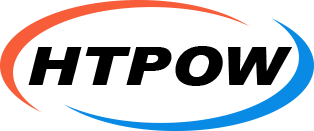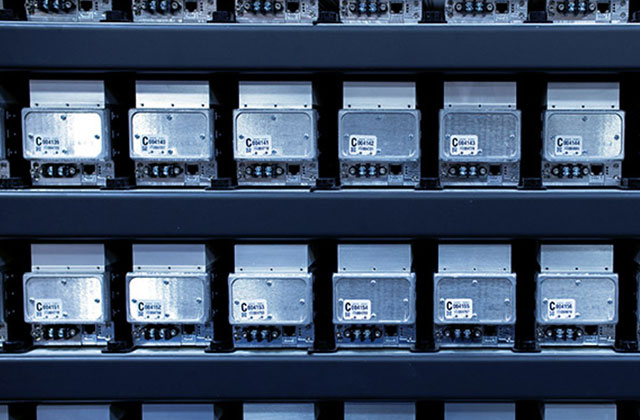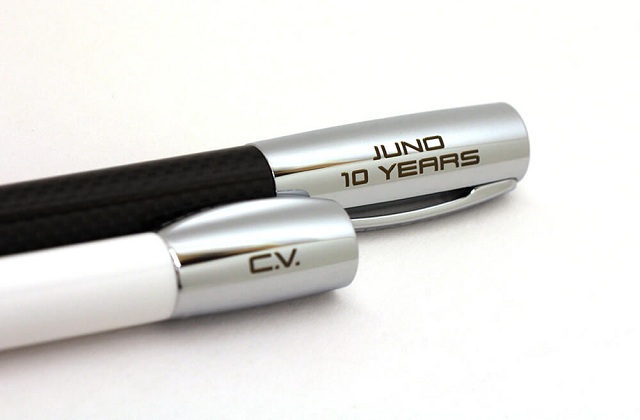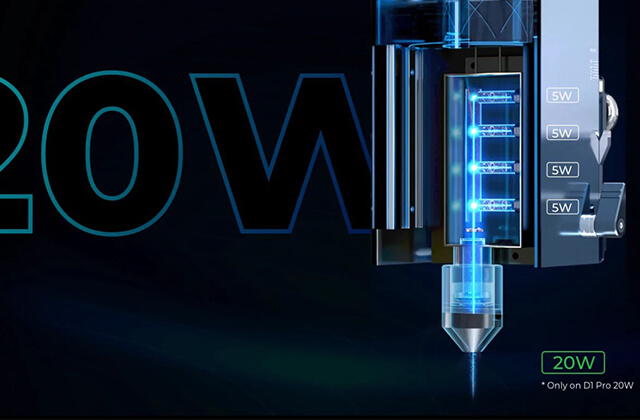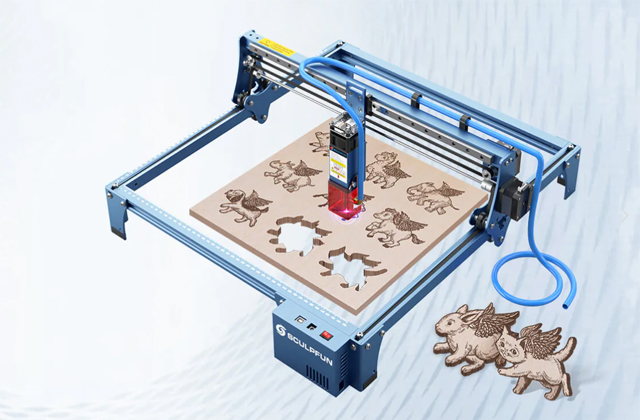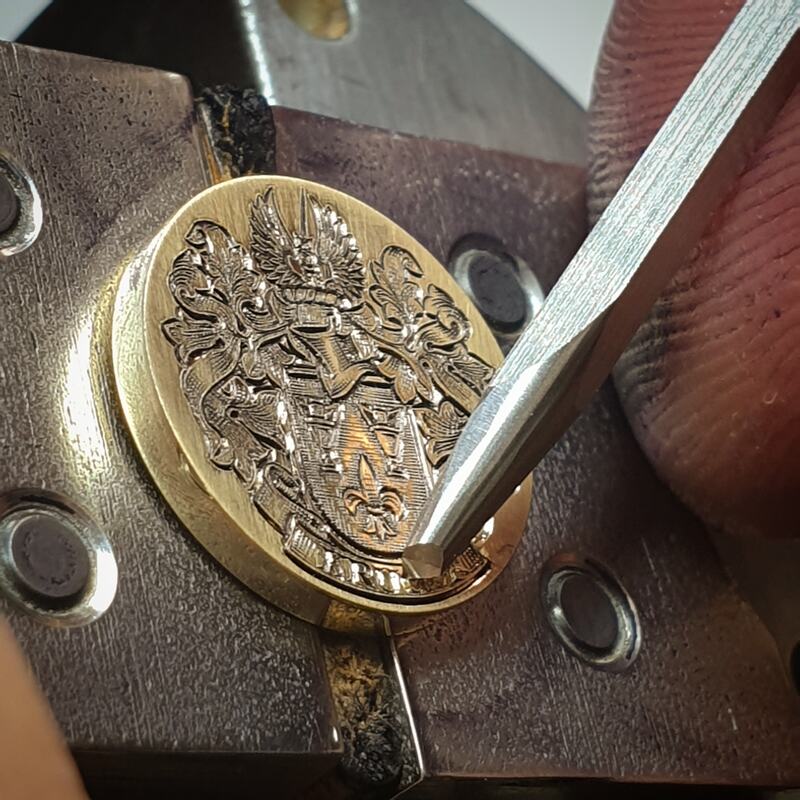Laser Cutting of Metals
The energy of a fiber laser beam is easily absorbed by most metals, causing the material directly in the path of the laser beam to rapidly heat up and melt. If the laser power is high enough, the laser beam will melt completely through the material. High-pressure air jets are used to remove the metal as it melts, resulting in smooth and straight edges with minimal heat-affected zone.
Laser Engraving of Metals
The power of the fiber laser beam can be limited in order to remove (engrave) material to a specified depth. Often multiple laser engravings are required. Common depths for metal laser engraving are 0.003 to 0.005 inches (75 to 125 microns). However, removing so much metal at once may result in melting or deformation. Therefore, metal engraving is usually done in multiple batches. The laser engraving process can be used to create permanent identification marks that cannot be removed by heat or abrasion.
Laser Marking of Metals
Laser marking is a common application for metals. Laser cutting and engraving are also possible with sufficient laser power.
Laser marking changes the appearance of metal surfaces without removing material. There are several different types of laser marking available for metals. In direct marking, the laser beam energy heats the metal surface to oxidize it. This oxidation causes the metal exposed to the laser beam to darken, creating an indelible black mark. Fiber lasers can also be used to create bright or polished marks on metal surfaces. Metals can also be marked indirectly by adding coatings such as metal marking compounds or removing coatings such as paint. Laser marking can be used to convey information such as serial numbers or logos.
